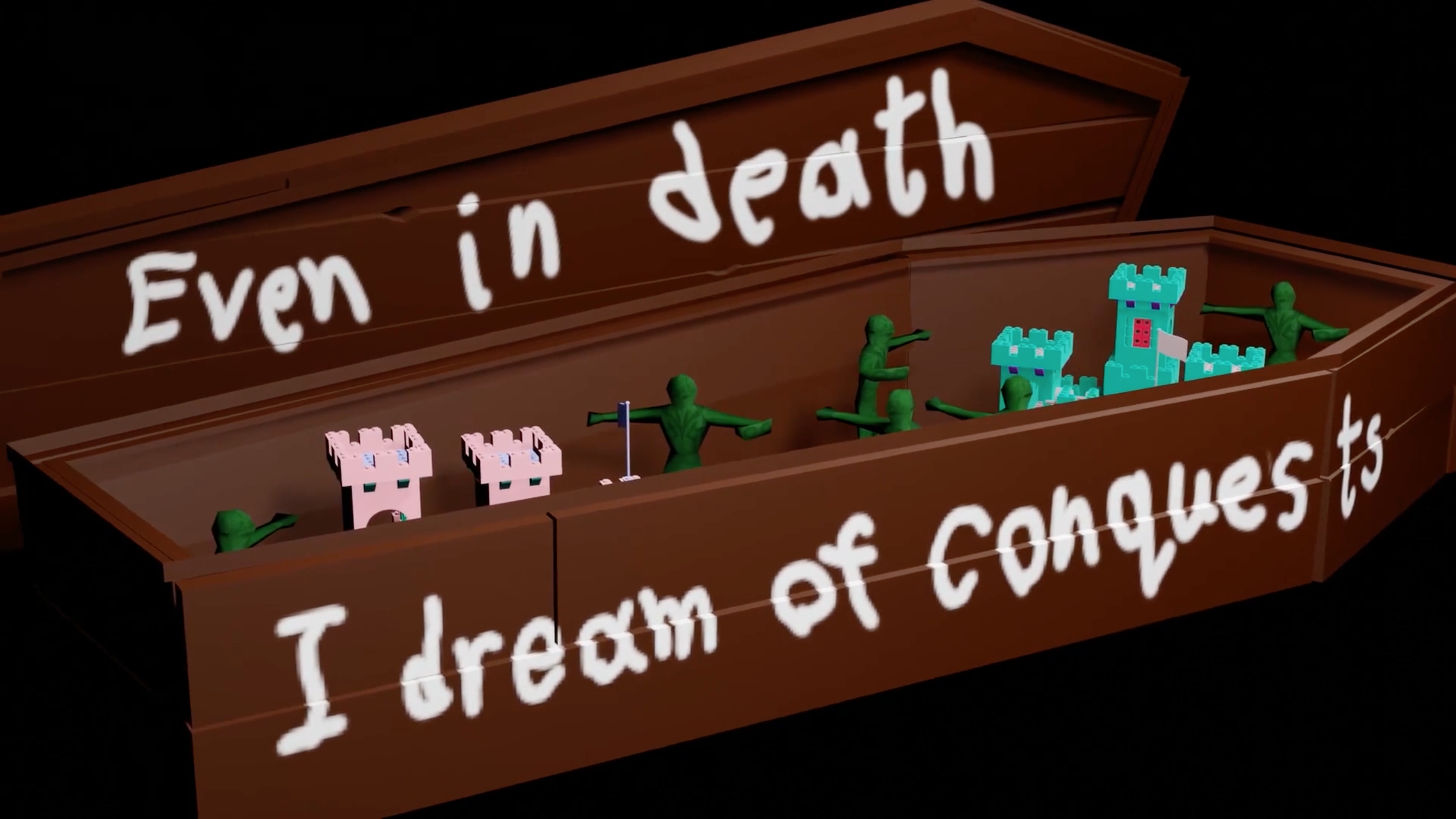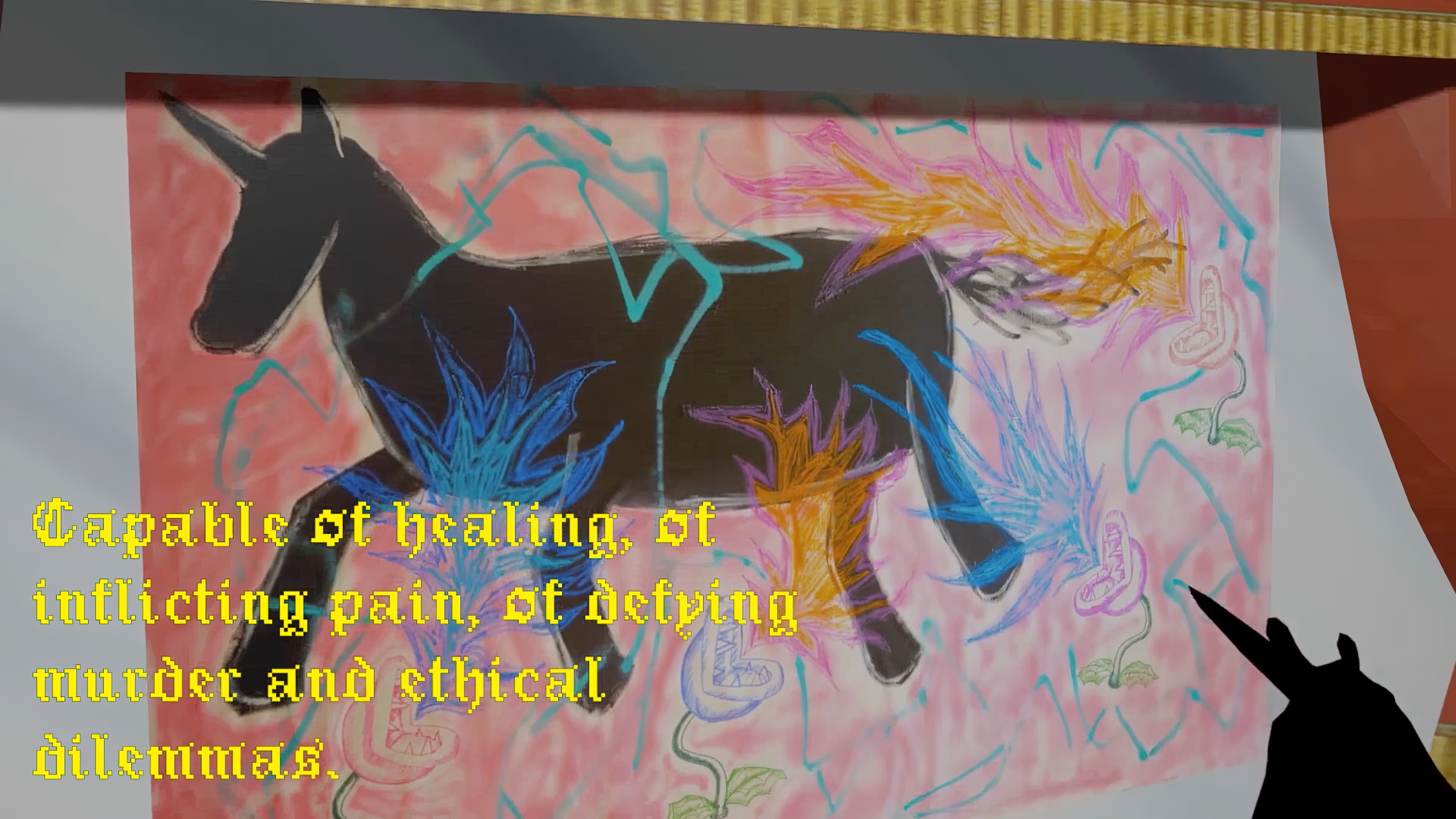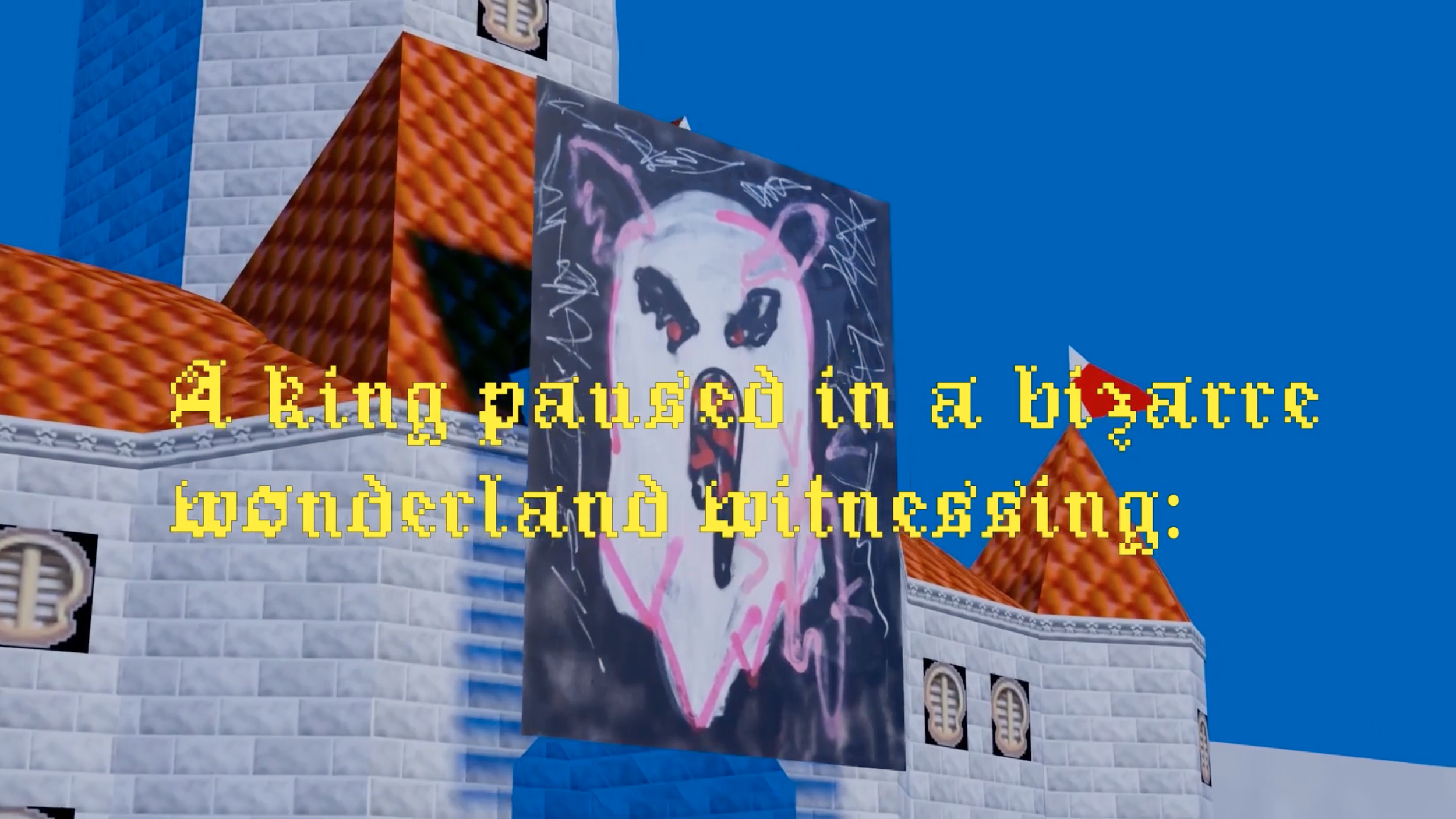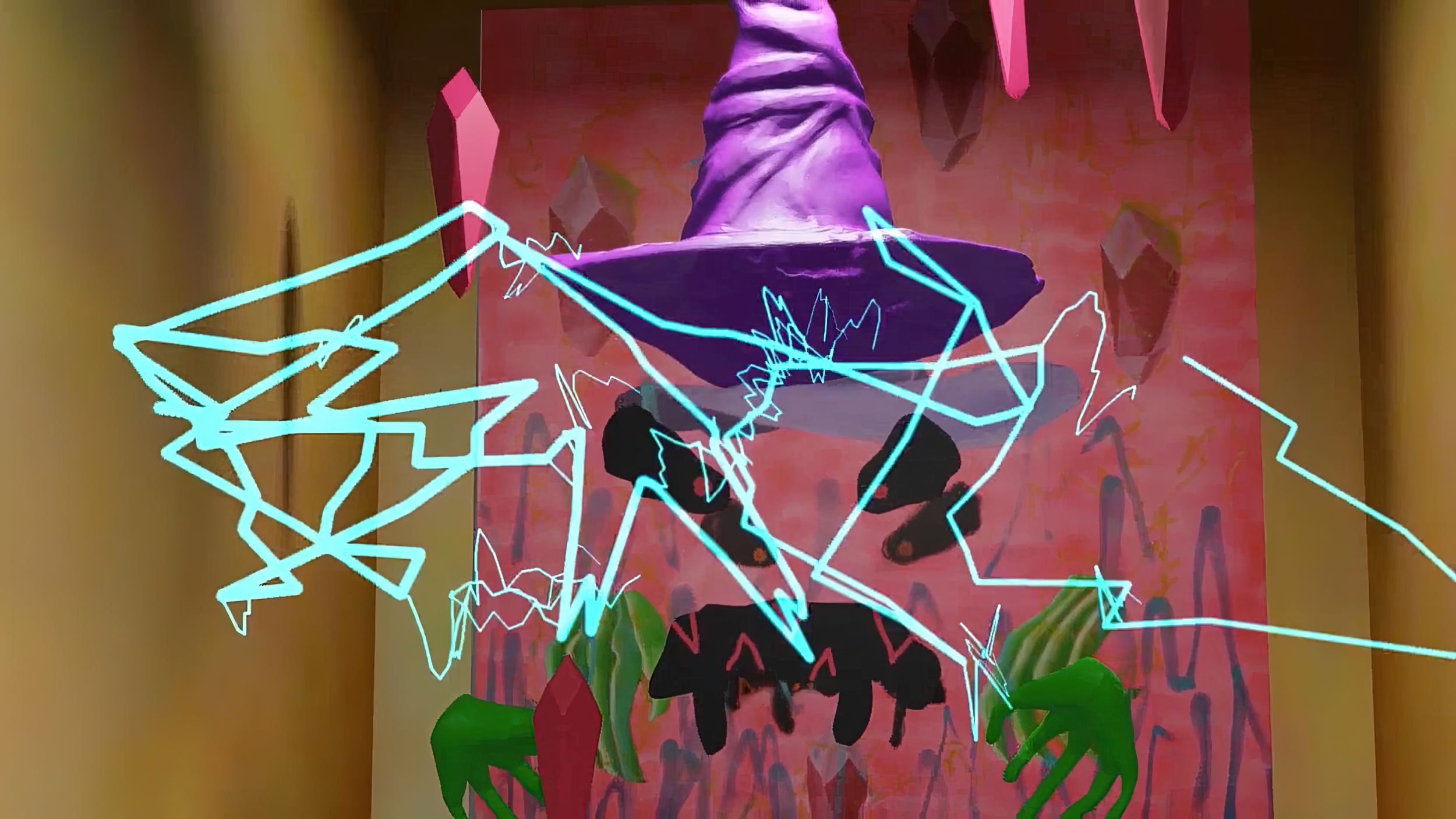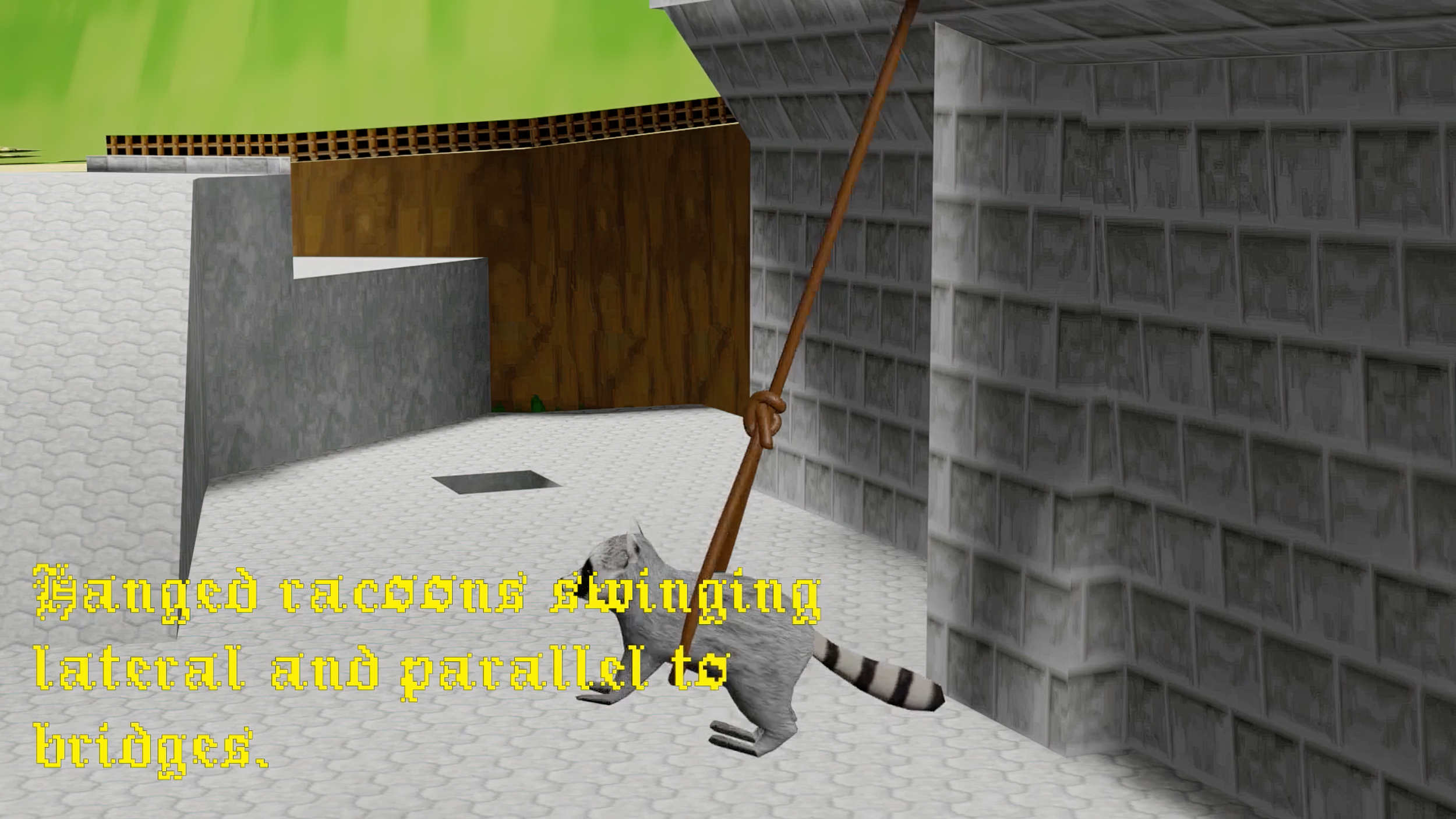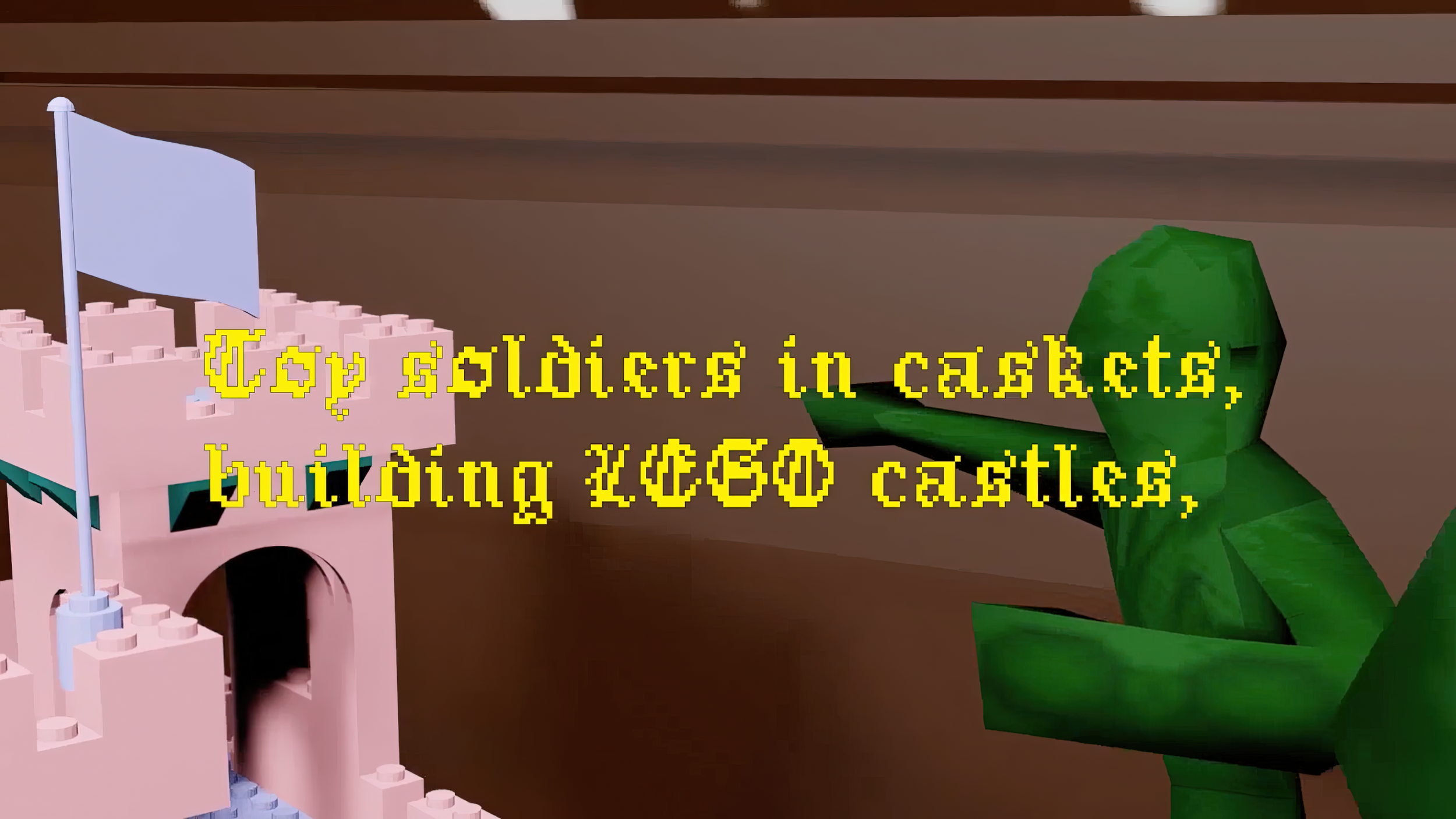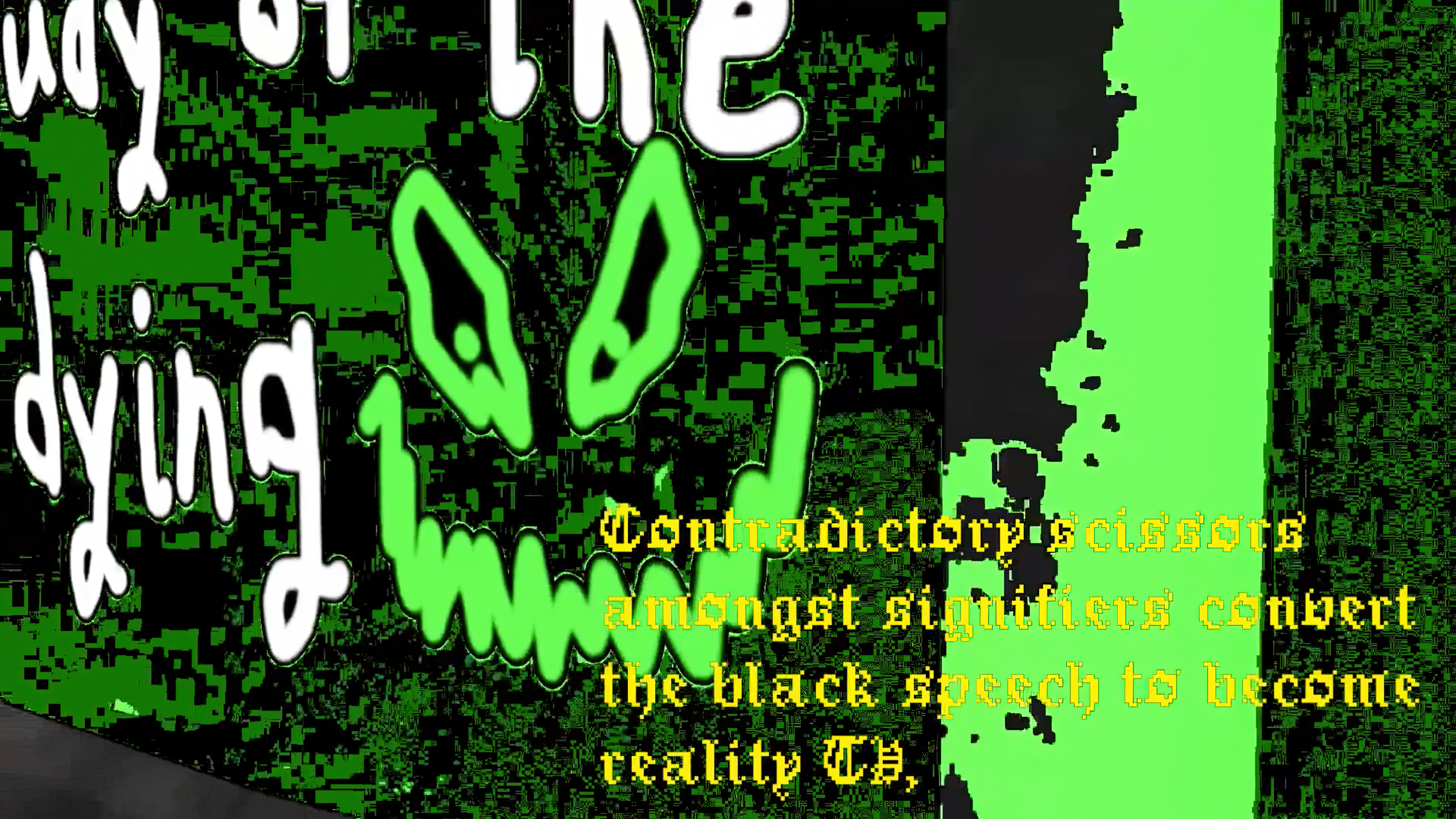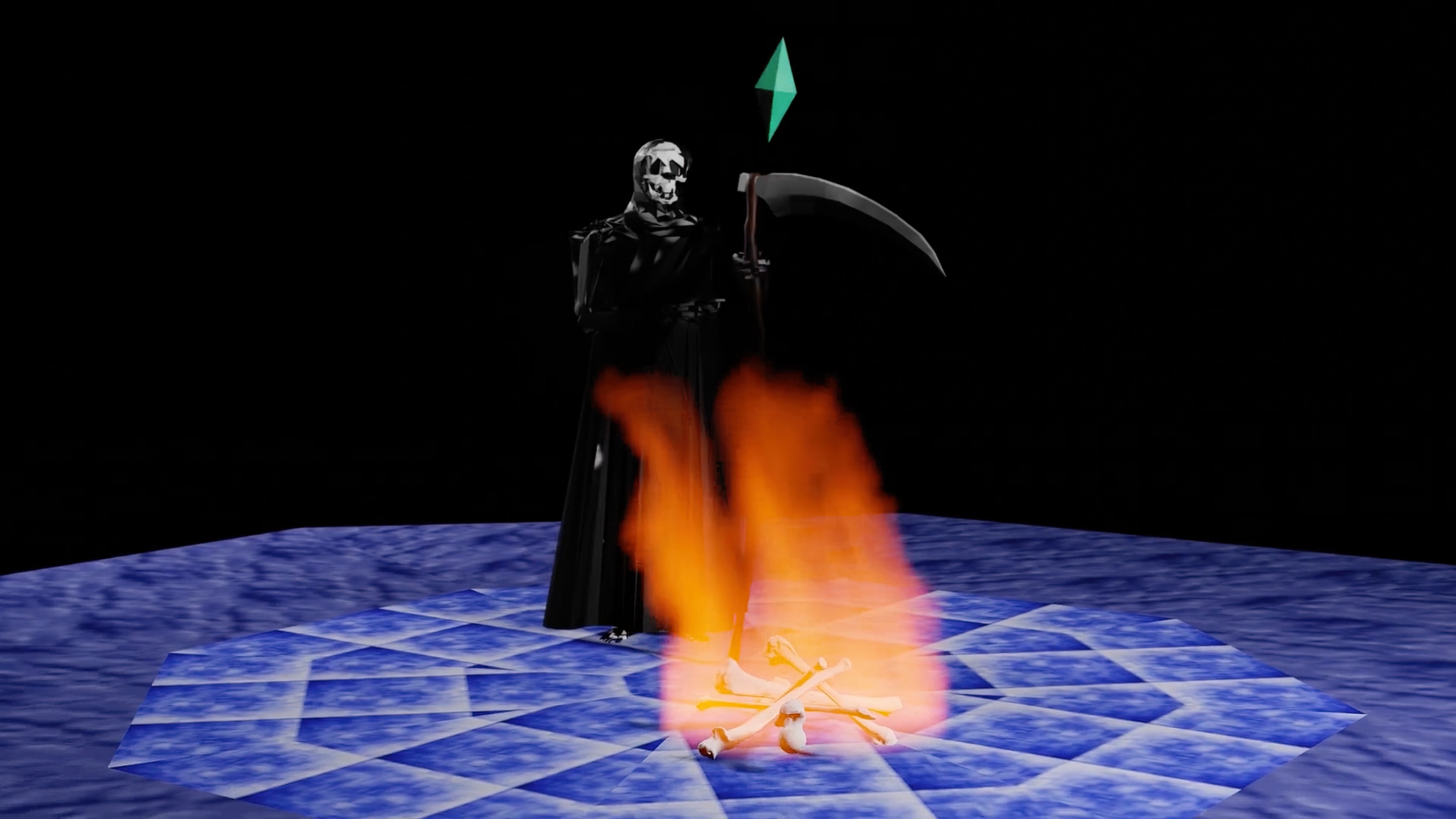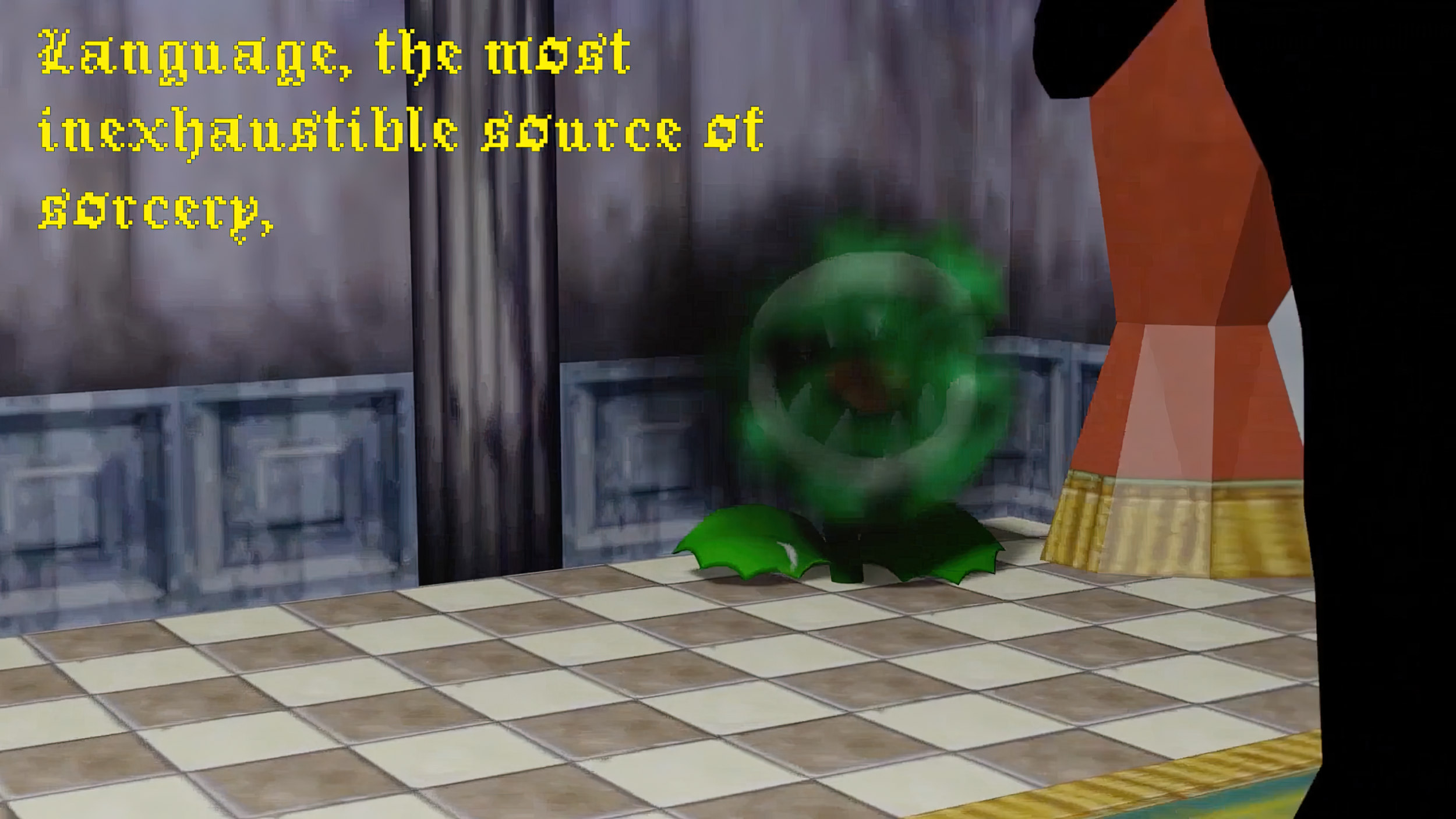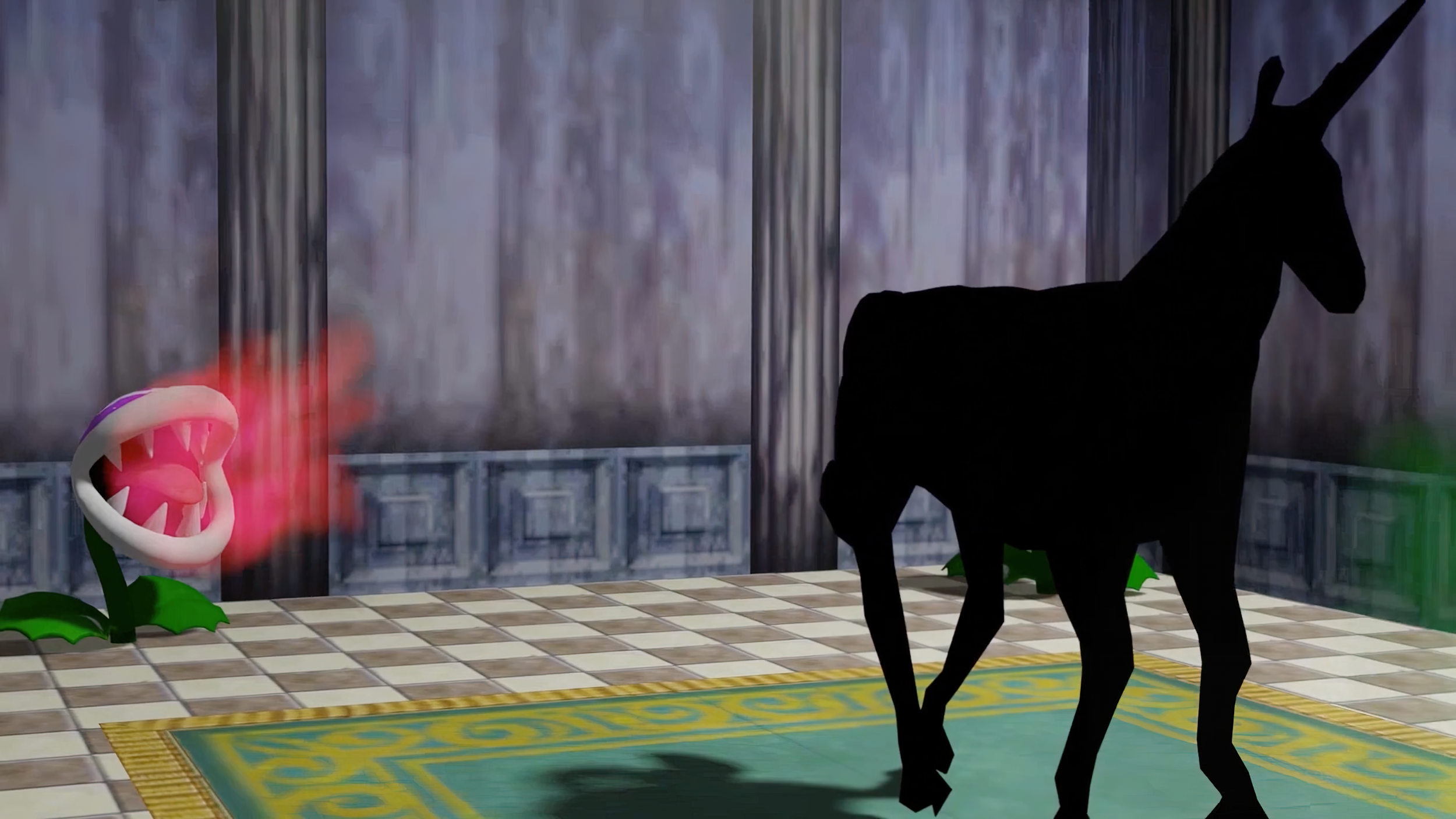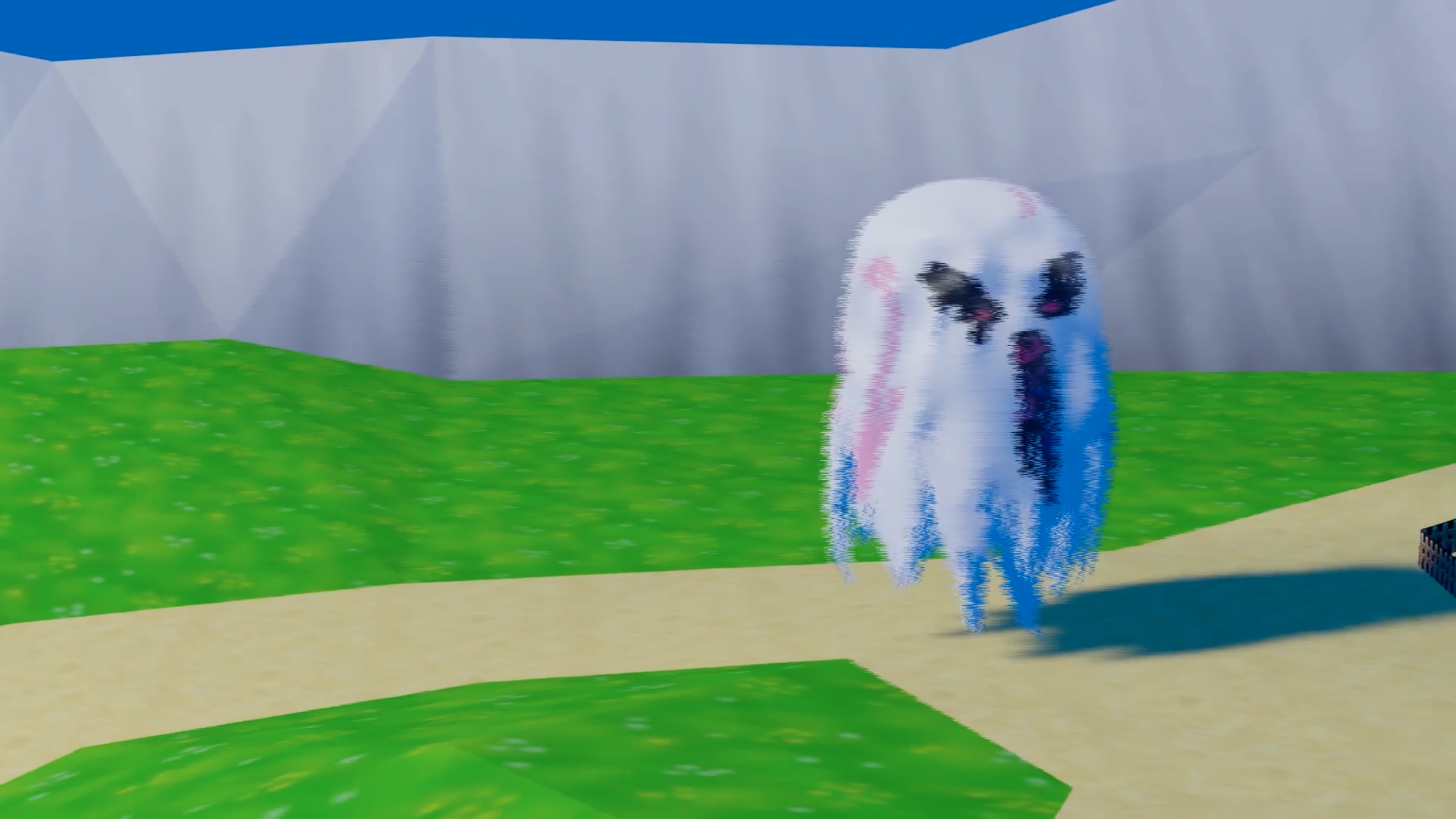Deciphering the metaphors of Hey Plastic God please don’t save the Robotic King, Let him drown in Acidic Anesthetic
Patreon-exclusive content
〰️
Patreon-exclusive content 〰️
Photosensitive seizure warning: A very small percentage of people may experience a seizure when exposed to certain visual images, including flashing lights or patterns that may appear in video games. Even people who have no history of seizures or epilepsy may have an undiagnosed condition that can cause these “photosensitive epileptic seizures” while watching videos with flashing lights
By now, you should be familiar with Babak Ahteshamipour’s highly synergistic practice: he has been combining painterly works with machinima for a while. But what’s perhaps more unique is the artist’s interaction between his own musical production and machinima. Working as the ultimate artist-editor-musician-producer, in 2022 Babak released Hey Plastic God please don’t save the Robotic King, Let him drown in Acidic Anesthetic, a video made for his album Specter, Spectrum, Speculum released via the Independent Cassette label Industrial Coast.
In his review, Kiriakos Spirou wrote:
The album belongs in the wide range of media-based practices that comprise Babak Ahteshamipour’s artistic output, which include painting, sculpture, video art, and digital art. As such, it is part of the same universe of cultural references, appropriation, critique, and irony that characterises his work in general. Central in Babak’s work is the way he negotiates violence and trauma — such as the anxieties of environmental collapse, neoliberal economies, western supremacy, and war — through mock playfulness and jest. In his visual work, he appropriates references from pop culture to conceal feelings of sheer terror under a neurotically splashed veneer of funny. To the same effect, he appropriates in his music the tropes and aesthetics of feel-good video game music, twisting their soothing familiarity into moods that span from ironic ennui to sugar-choked despair.
Both dealing with the power fantasies of a modern day despot who dreams of owning the world — the perfect metaphor for the gamer —Specter, Spectrum, Speculum and Hey Plastic God… bring the sheer darkness of digital culture to the forefront. The dominant themes of commercial video gaming — search and destroy, command and conquer and so on — are the leitmotifs of both audiovisual productions, which can be interpreted as a cautionary tale: the narcissism intrinsic to digital media may lead to delusions of grandeur, or worse, madness.
Matteo Bittanti
This is a Patreon exclusive article. To read the full text consider joining our Patreon community.


